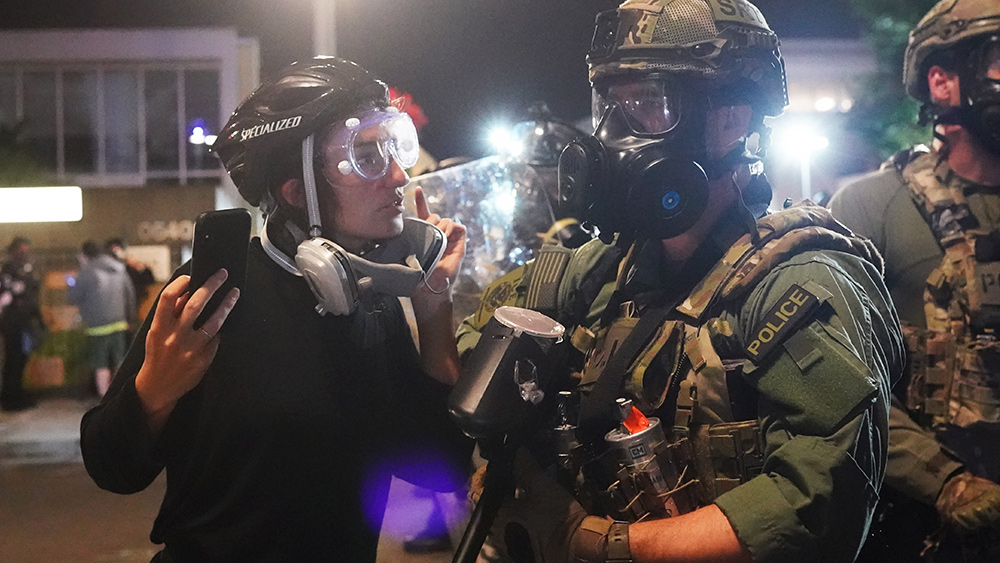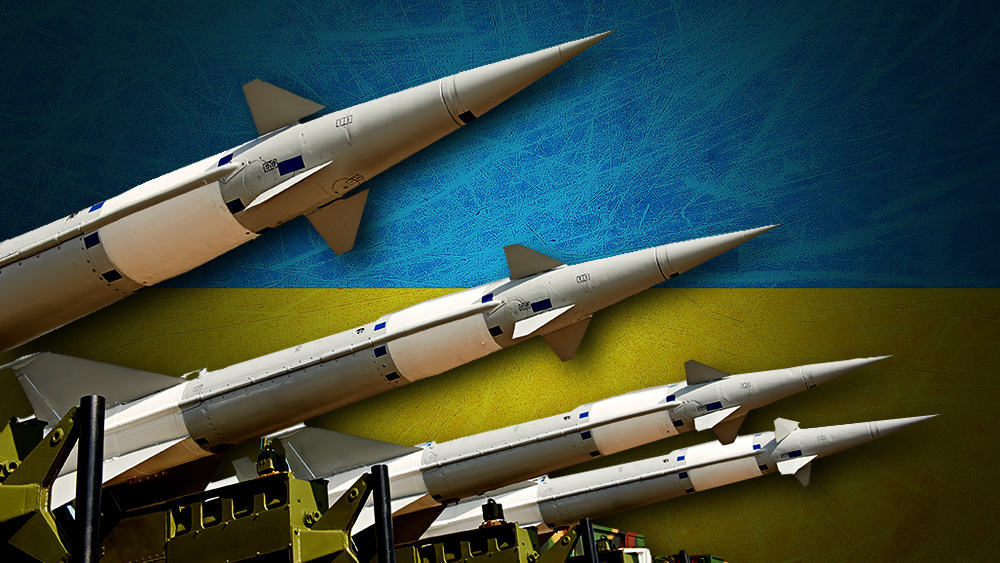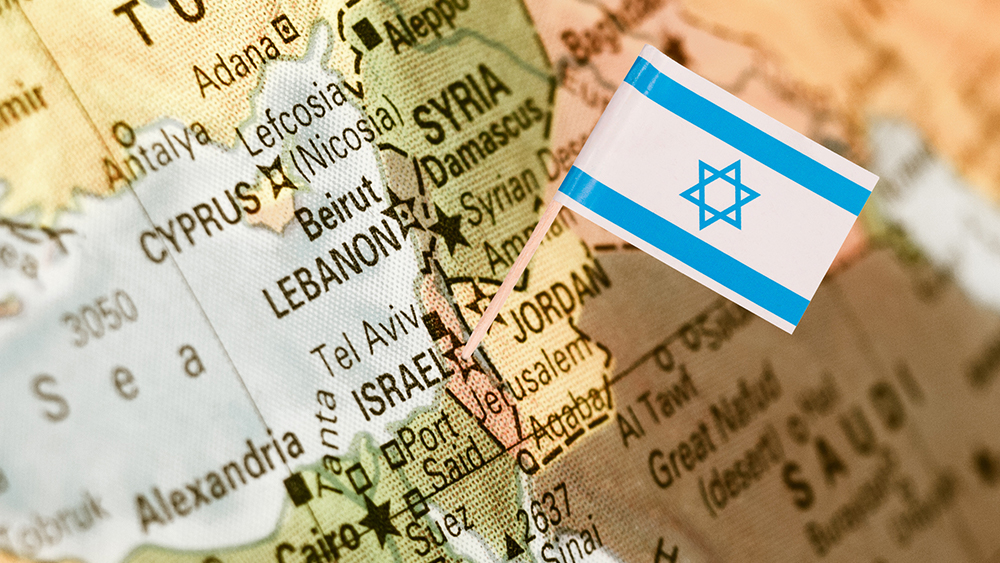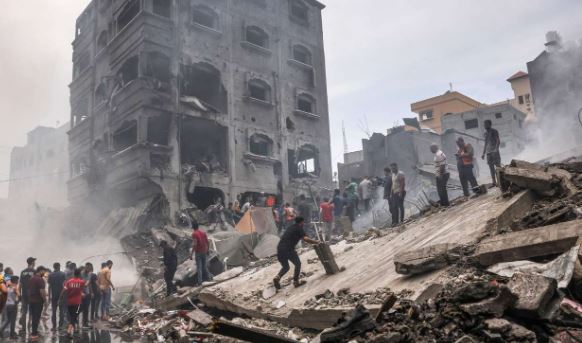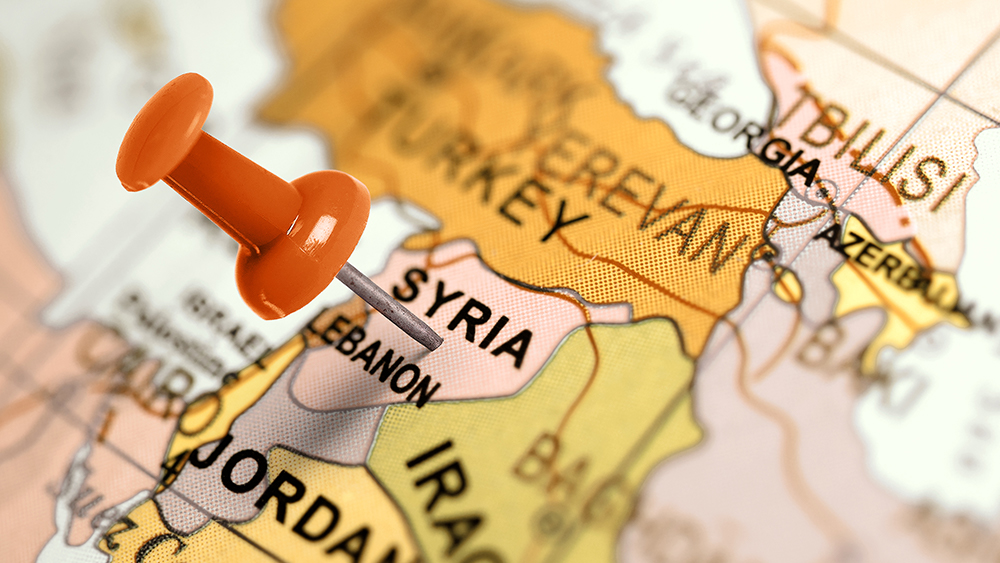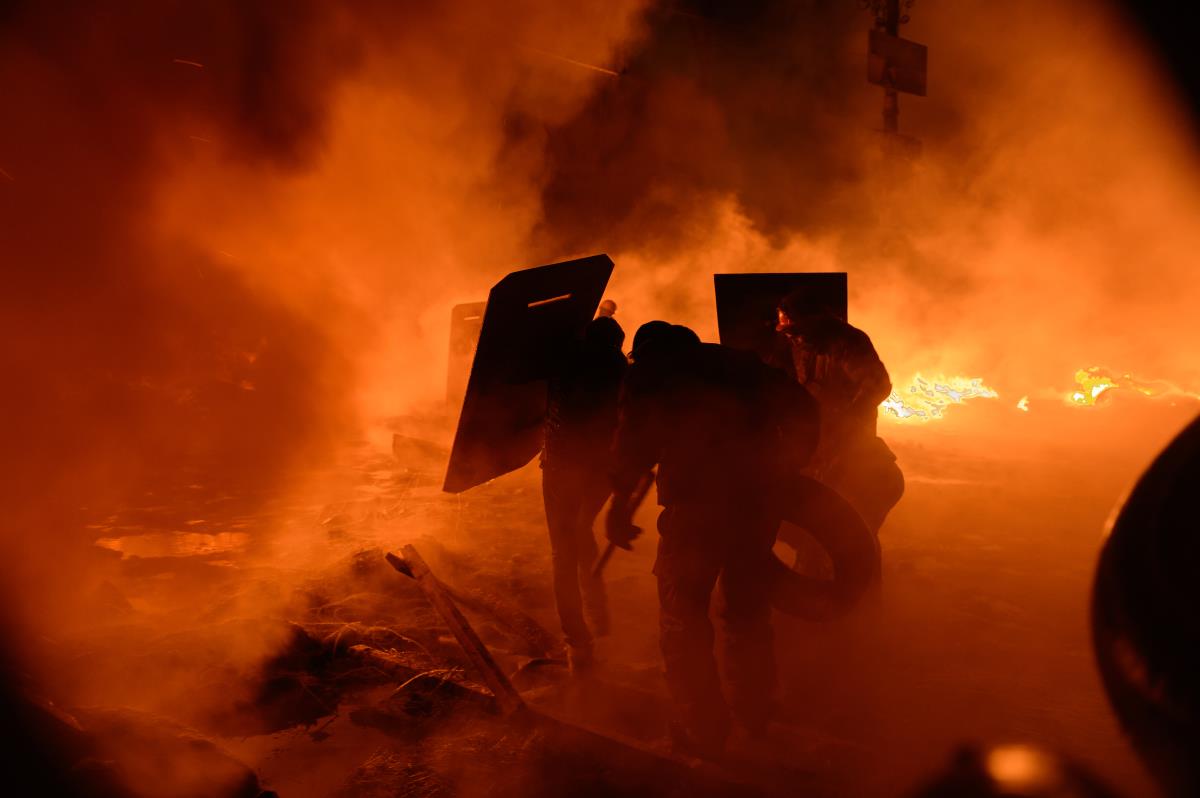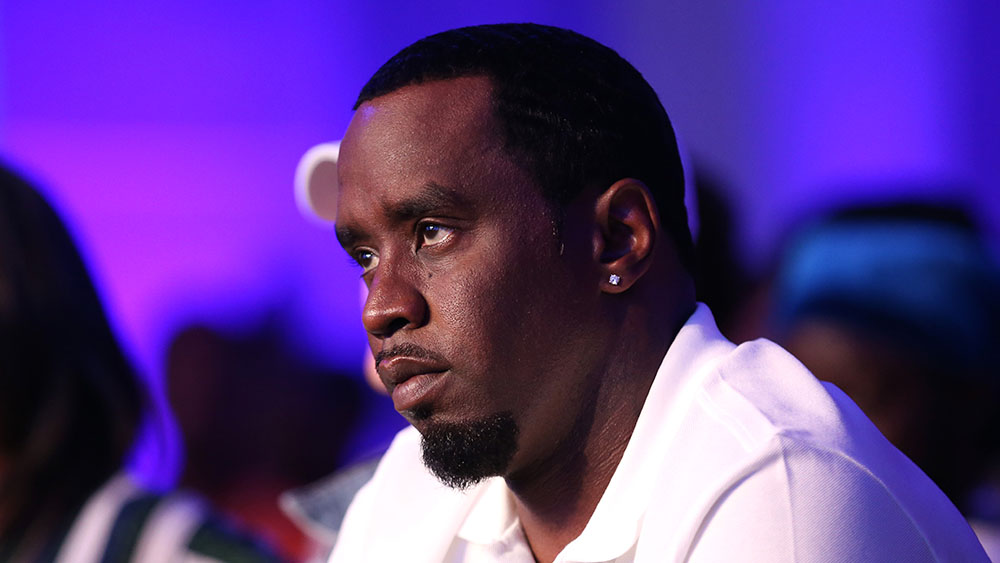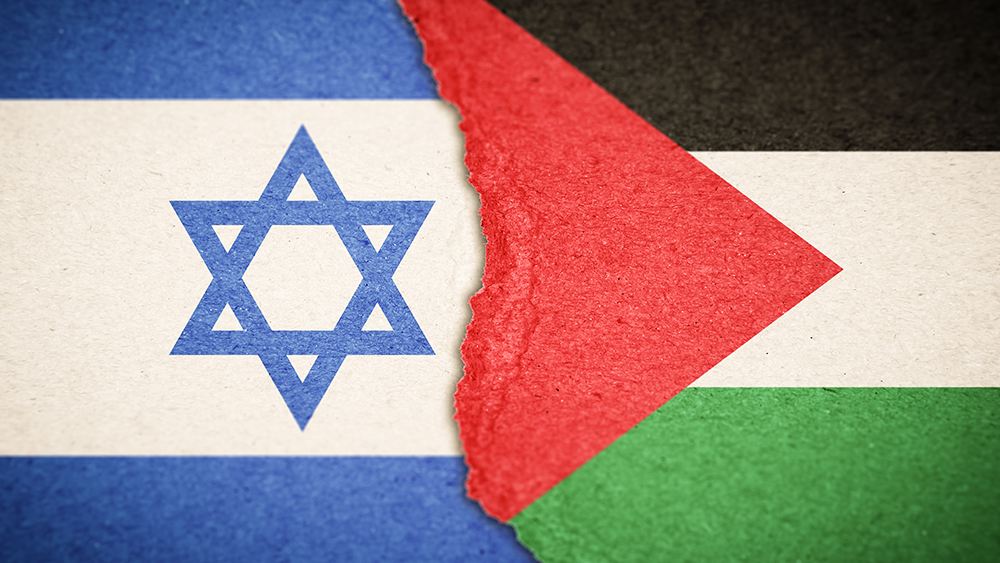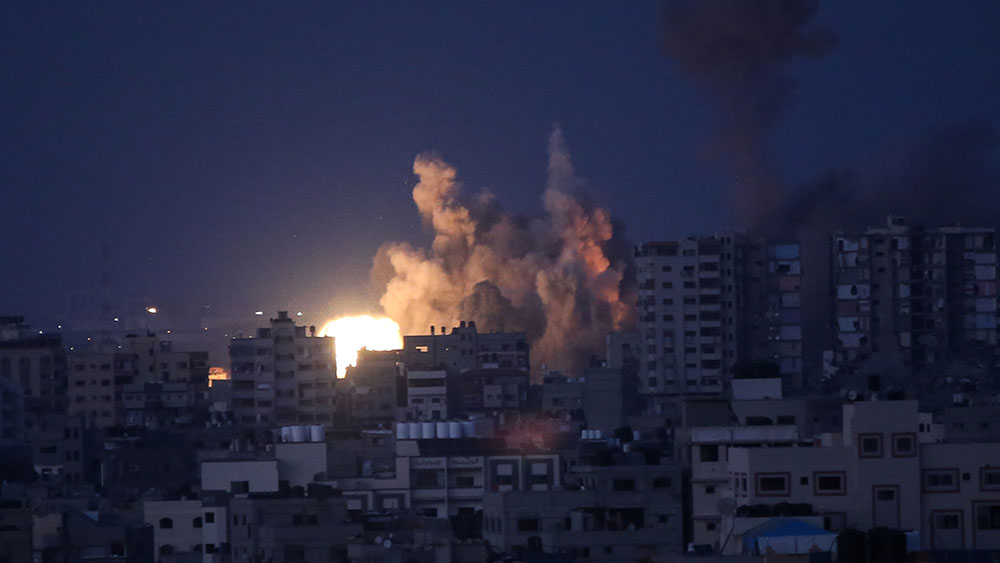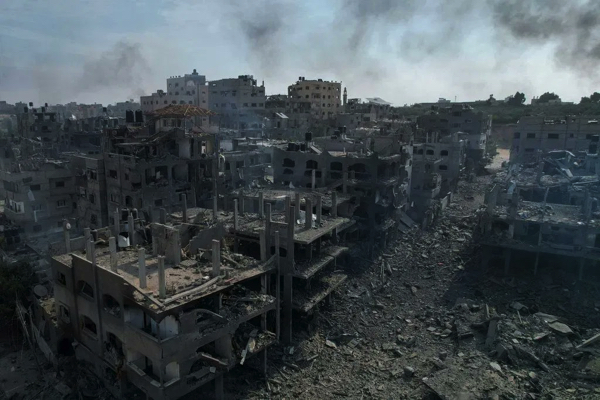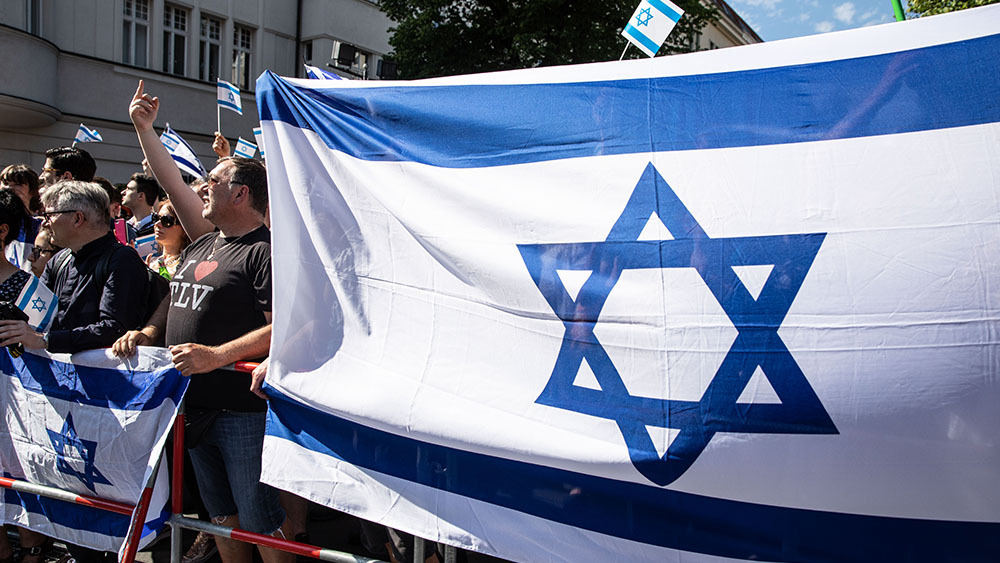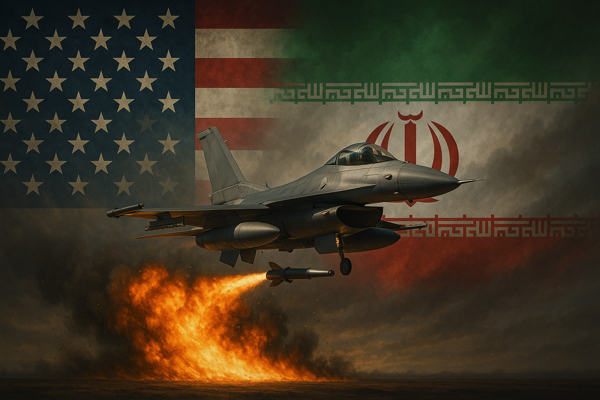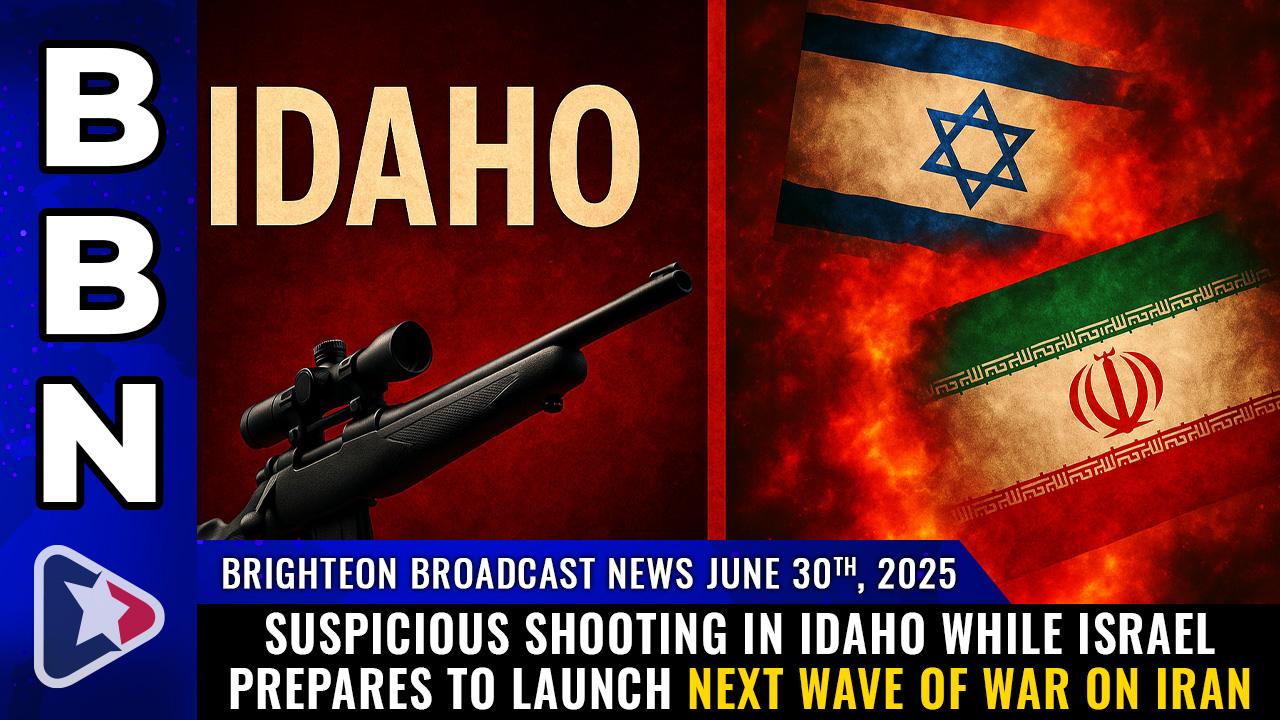Trump announces Israel agrees to US-backed 60-day Gaza ceasefire, urges Hamas to accept “final proposal”
07/02/2025 / By Cassie B.
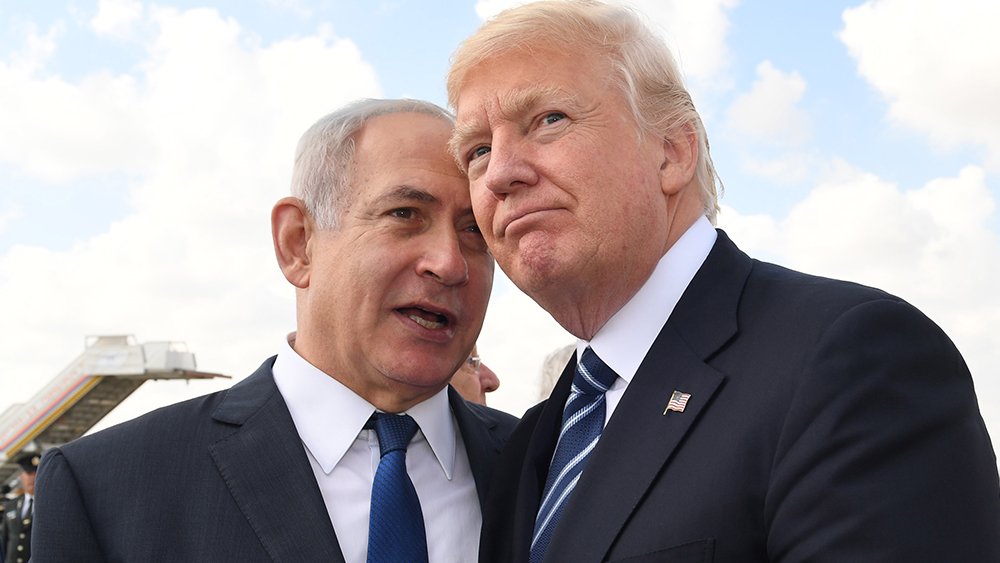
- President Trump announced a U.S.-brokered 60-day ceasefire between Israel and Hamas, with Qatar and Egypt mediating the final terms.
- The deal hinges on Hamas releasing Israeli hostages in exchange for Palestinian prisoners and a temporary halt to Israel’s offensive.
- Hamas signaled cautious openness but insists any agreement must guarantee a full end to the war and Israeli withdrawal.
- The U.S. faces criticism for releasing funds to Iran, Hamas’s primary backer, and intelligence failures preceding the October 7 attacks.
- Gaza’s humanitarian crisis worsens as diplomatic efforts intensify, with starvation, disease, and aid-related clashes escalating.
President Trump has announced that Israel has agreed to a U.S.-brokered 60-day ceasefire, with mediators Qatar and Egypt preparing to deliver the final terms to Hamas. The announcement, made via Truth Social, signaled a potential breakthrough in the nine-month conflict that has claimed more than 56,000 Palestinian lives and left hundreds of Israeli hostages in militant hands.
“I hope, for the good of the Middle East, that Hamas takes this Deal, because it will not get better — IT WILL ONLY GET WORSE,” Trump warned Hamas, emphasizing the urgency of accepting the deal ahead of Israeli Prime Minister Benjamin Netanyahu’s scheduled White House visit on July 7. The proposal hinges on the release of remaining Israeli captives in exchange for Palestinian prisoners and a temporary halt to Israel’s military offensive.
The ceasefire framework emerges after months of stalled negotiations and escalating violence, including recent Israeli airstrikes that killed Hamas combat support chief Hakham Muhammad Issa Al-Issa, a key architect of the October 7 massacre. While Israel insists that any lasting peace requires Hamas’s disarmament, the militant group has repeatedly refused to surrender, demanding a full Israeli withdrawal and an end to the war.
Hamas official Taher al-Nunu struck a cautious tone, telling reporters the group was “ready and serious regarding reaching an agreement” but only if it guarantees “the complete end to the war.” Meanwhile, Netanyahu’s adviser Ron Dermer met with U.S. officials, including Secretary of State Marco Rubio and Vice President JD Vance, to finalize details.
International pressure mounts
The U.S. faces mounting scrutiny over its handling of the conflict, with critics highlighting the $6 billion in funds released to Iran—Hamas’s primary patron—as a destabilizing factor. Hamas’s cross-border raids on October 7, which killed 1,200 Israelis, were preceded by warnings from Egyptian intelligence, sparking accusations of intelligence failures.
Trump’s intervention aims to reset the trajectory, leveraging Qatar and Egypt’s influence as mediators. Yet skepticism remains: Previous truces collapsed within weeks, and Israel’s defense minister warned of retaliatory strikes after intercepting missiles fired from Yemen and Gaza.
Humanitarian catastrophe deepens
As diplomatic efforts intensify, Gaza’s 1.1 million displaced civilians face starvation and unchecked disease. The UN warns that Israel’s blockade has crippled medical infrastructure, while the controversial U.S.-backed Gaza Humanitarian Foundation (GHF) stands accused of enabling violence near aid distribution points, with more than 500 Palestinians killed in clashes.
“The international community must act decisively,” urged Israeli Foreign Minister Gideon Saar, condemning Iran’s nuclear ambitions even as Tehran suspended cooperation with UN inspectors following U.S. strikes on its facilities.
For Hamas, the ceasefire presents a dilemma: Accept a deal that falls short of its maximalist demands or risk further devastation. Israel, meanwhile, faces growing isolation over its military tactics, with the International Court of Justice probing allegations of genocide. As Gaza’s health ministry reports 14 more deaths in Wednesday’s strikes, the window for peace narrows.
The proposed ceasefire offers a glimmer of hope, but its success hinges on Hamas’s willingness to relinquish its grip on Gaza and Israel’s capacity to temper its campaign. With Netanyahu’s White House visit looming, many are wondering if this latest push can finally end a war that has redefined the Middle East’s fractures.
Sources for this article include:
Submit a correction >>
Tagged Under:
ceasefire, chaos, Gaza, genocide, Hamas, humanitarian, Israel, progress, Trump, violence, WWIII
This article may contain statements that reflect the opinion of the author
RECENT NEWS & ARTICLES
COPYRIGHT © 2017 VIOLENCE NEWS

